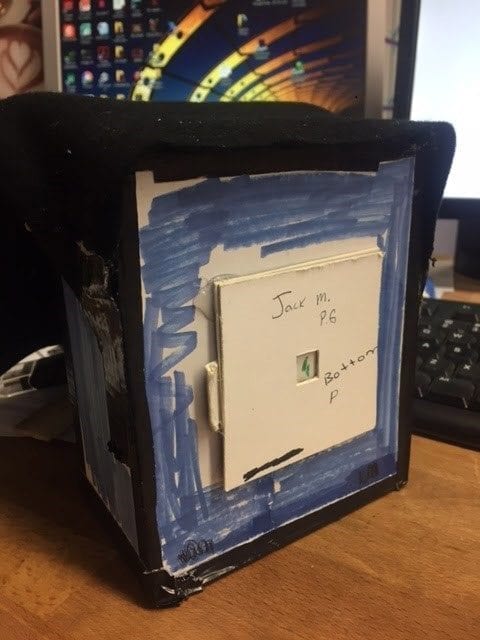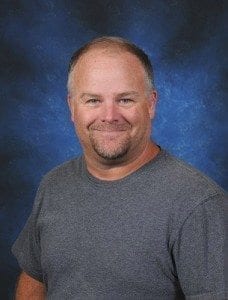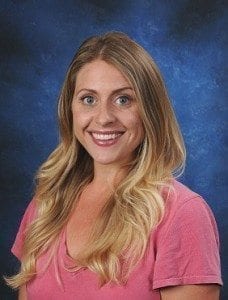RIDGEFIELD — Students in Mark Cook’s photography class at Ridgefield High School know inside and out how cameras work. How? They build the cameras using cardboard, duct tape and aluminum pop cans.
“Yes, it can be done,” said Cook. “These ‘pinhole” cameras clearly demonstrate how a camera works.”
According to Cook, a camera is a very simple device. All that is needed is a light, tight box with an on/off switch, called a shutter, and a small hole to let light in (called an aperture).

Students begin the process by learning to figure out how to read the engineering plans that provide the precise material specifications and instructions needed to build their cameras. Once they complete their camera boxes, students test them in a real darkroom environment.

To see if their cameras really work, they load their cameras with “film” (light-sensitive photographic paper) and test their cameras by taking pictures outdoors. The students then return to the darkroom where they learn how to develop the film into a paper negative.
“This is an excellent, hands-on project,” said Cook. “These cameras work great and provide a “hands on” learning experience for our students.”
“Our Career and Technology Education (CTE) Department provides a great opportunity for students,” said Ridgefield High School Principal Tony VanderMaas. “They learn workplace skills while getting a chance to experience many hands-on activities.”
Juniors and seniors in Stefanie Foster’s Independent Living class learn what it takes to manage personal finances after high school.

The class requires them to research a career of their choice to determine the average professional income they will earn in that field after college. With that information, they learn how to build a budget, pay bills and make decisions such as buying a car, renting vs. buying a house, and learning to put aside 5-20 percent of their monthly income for savings.
Students also learn how to reconcile bank accounts, calculate and file taxes, compare and purchase insurance, write a resume, interview for a job, and even evaluate investments for retirement.
“I am always shocked to learn that students have no idea how to manage expenses,” said Family and Consumer Science Education teacher Stefanie Foster. “We need to focus on educating our students on how to take care of themselves and have a basic skill set on how to live post high school.”
“Independent Living was a class that challenged me,” said senior Amara Willham. “But one of the most beneficial.”




